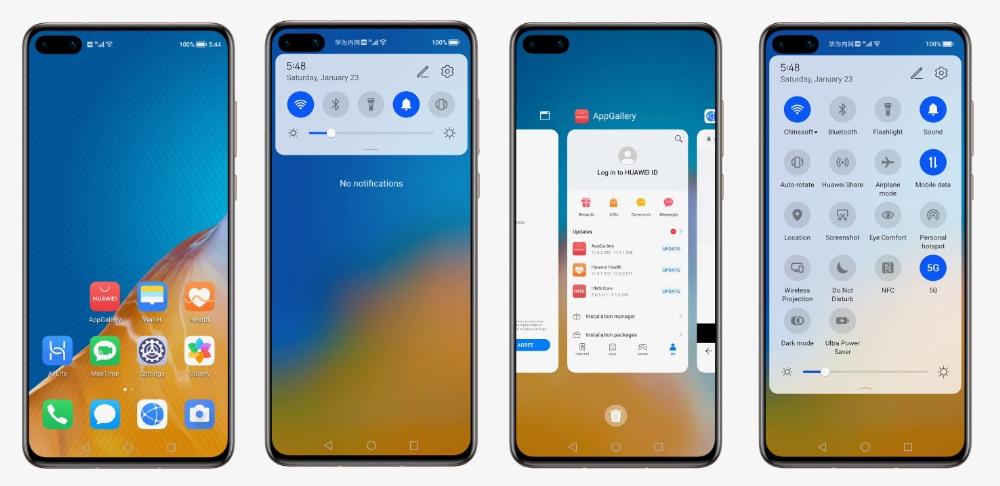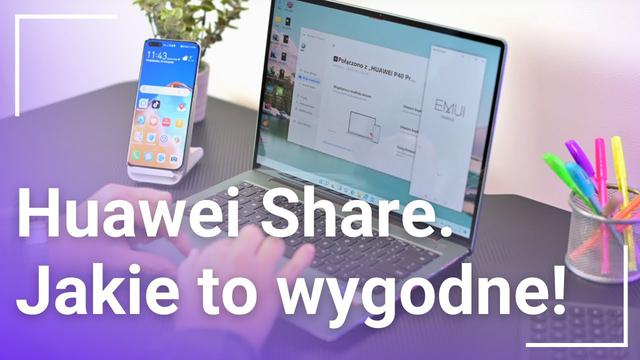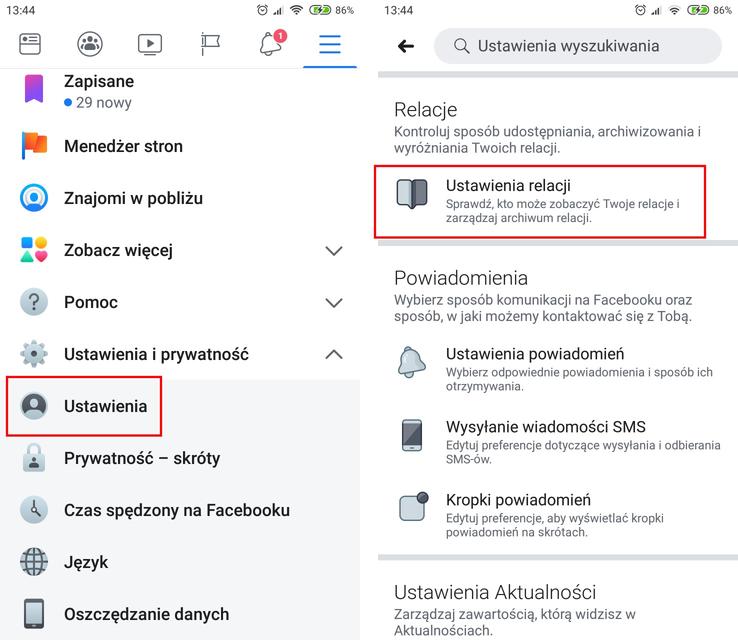Huawei created HarmonyOS so as not to be dependent on Android, Google and American software in general. We were expecting something completely new, alternative, wavering hegemony and going against the tide… and it turned out as usual.
President of Consumer Software at Huawei Wang Chenglu said HarmonyOS is not a copy of Android or iOS. It's a completely different system… just not. HarmonyOS - Huawei's pride and Chinese electronics salvation - is a variation of Android 10.
We know this thanks to Ron Amadeo's in-depth reportage for Ars Technica. Accessing HarmonyOS is not easy. Huawei carefully checks each developer. Too exactly. Competition allows you to simply download the SDK and IDE with the emulator. Huawei requires you to send a photo of your passport and payment card with your name, email and phone number visible. Then you have to wait two days for someone to manually approve access to the SDK. Interestingly, the development environment is protected against piracy. Without a confirmed Huawei account, it is impossible to run the created application on the emulator.
It all would make sense if it was about checking the possibility of sending money earned on the application to the developer. For this, however, a completely different account is used with a completely different registration process.
In exchange for a photo of your passport and payment card ... Android 10
After all this gymnastics, once the programmer's data has spread out into the databases of the Chinese government, you can finally download this closely guarded miracle of technology, which is the HarmonyOS development environment. Huawei, however, puts another obstacle at the feet of application developers. You cannot test an app you just created locally. Everything happens remotely. There is a cloud somewhere in China, similar to Google Stadia or GeForce Now, only slower. This is where the actual system is launched and this is where you can test anything in action, with lags and with the image sent in 720p.
See: Huawei's HongMeng operating system will be ready for fall 2019. It is to support Android applications. See: Huawei announces the first device with the Hongmeng system.
After starting the emulator, the reporter saw what you see below. It is officially said that Huawei ported its EMUI overlay from Android to HarmonyOS, but apparently carried it along with everything that was underneath. Only the mentions of Android have been removed.

The system identification application (downloaded from the Huawei AppGallery) confirms that Android 10 is under EMUI.
This is also indicated by the names of libraries and other details:
Documentation doesn't help. Everything is described in such language as if it was written alternately by lawyers and patent specialists. There are flowery descriptions and no details.
A Chinese SIM card (directional +86) from the "Huawei Intranet" network is implemented in the remote system. Ron Amadeo supposes that this is not an emulator at all, but a physically connected telephone somewhere. Inferred this from the behavior of the system after enabling USB debugging. Location cannot be turned on. Amadeo also built a simple application which, after unpacking (the HAP package is a ZIP archive, as well as the Android APK - what a surprise!), Showed a lot of code specific to Android 10 (API 29). ARK Compiler - a tool for developers, presented in 2019, is also lost.
At this point, it must be remembered that HarmonyOS was supposed to be completely new and absolutely not to copy Android. As for the beta of a totally new system, HarmonyOS 2.0 is extremely refined, has a complex authorization system, lots of settings, NFC payment support, complex gesture navigation ... for Huawei's programmers to do it in about 2 years, they would have to be superhumans. But no, it's just Android 10.
Nevertheless, the first commercially available devices with HarmonyOS will appear in 2021. I asked Huawei Polska a few questions to find out what the system issue would look like on our market. I will update the article when I get a reply. I am primarily concerned with the issue of security updates, but marketing will also be interesting in this situation.
Update 4.02.2021, 13:40
I have received a Huawei statement on HarmonyOS. Unfortunately, it does not answer all your questions, but it is nevertheless worth reading. Here is its full text:
HarmonyOS uses a variety of external sources of open source software, which allows it to accelerate the work related to building a comprehensive system architecture. We strictly adhere to all applicable rules for the use of open source software. Although the current beta version of the system includes some UI elements from the EMUI 11 overlay, HarmonyOS will be presented with a completely new interface along with the upcoming new Huawei smartphones. The development beta program is still ongoing and we are open to any feedback from programmers and partners cooperating with us, so as to best implement our vision of creating comprehensive software. HarmonyOS is a completely new operating system based on a distributed architecture developed by Huawei. It was designed with the needs of the future in mind, in which we will work within a complex system of interconnected IoT devices. This system will be able to be deployed on many different devices and will flexibly adapt to different hardware resources and application requirements.
Do you want to be up to date? Follow us on Google NewsPhoto source: Huawei, Ars Technica
Text Source: Ars Technica
Tags: harmony osharmonyosemui 11harmonyos 2.0harmonyos to androidhuawei uses android

